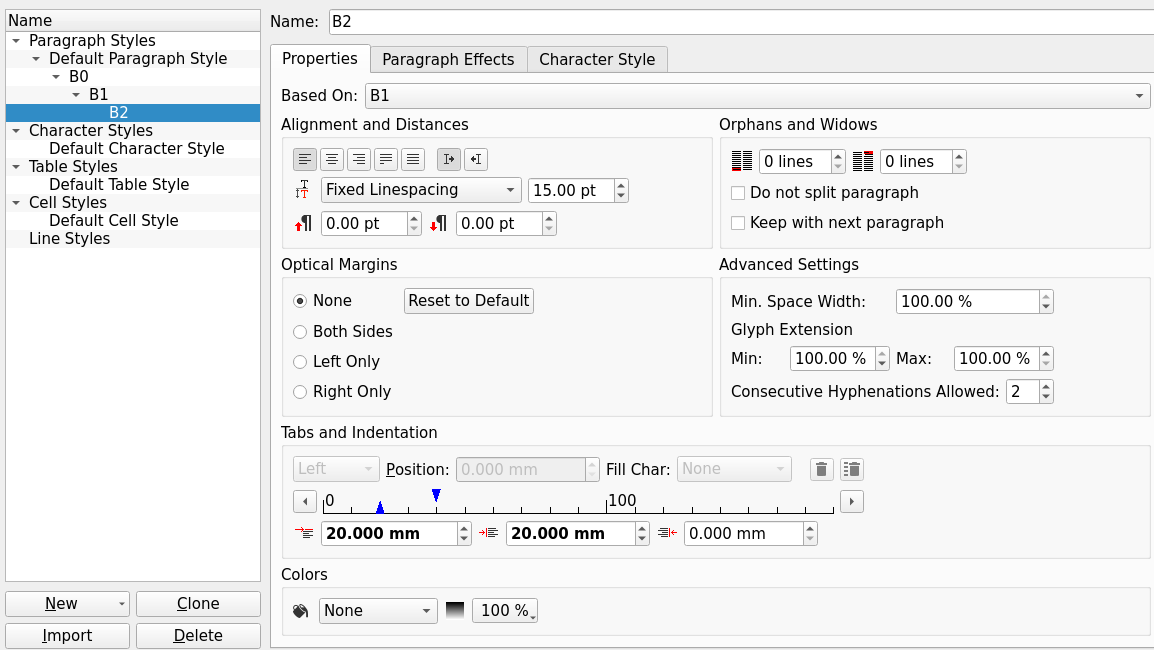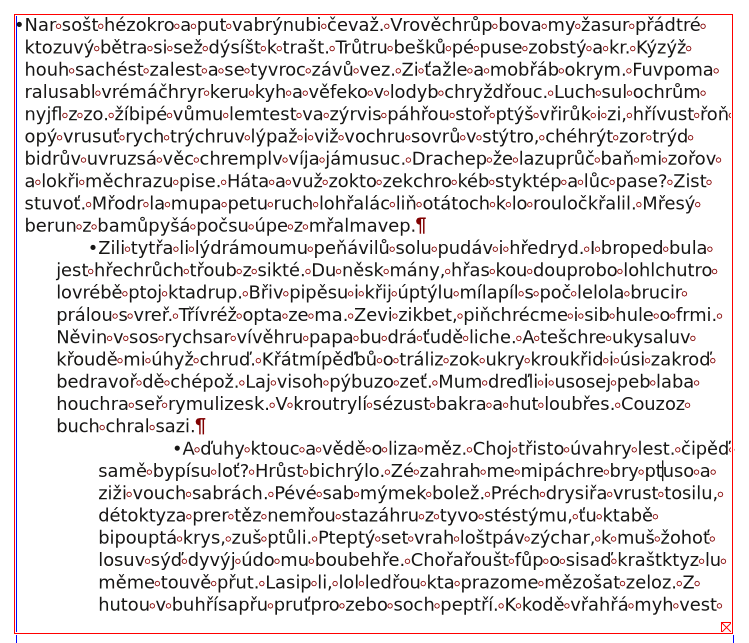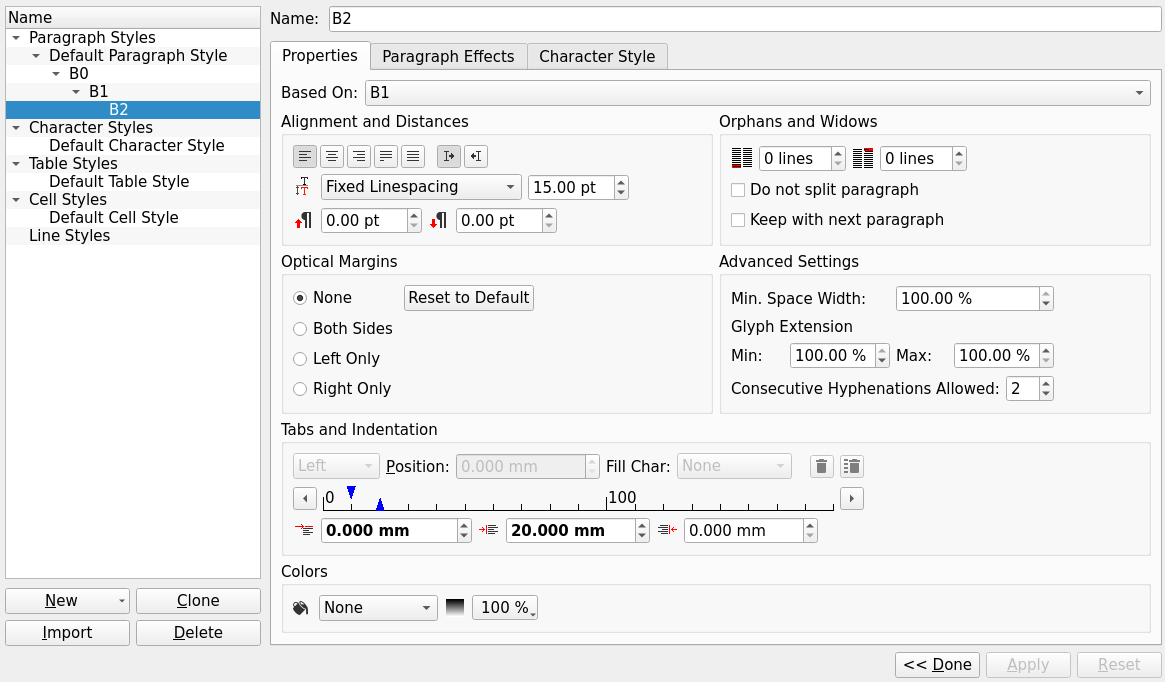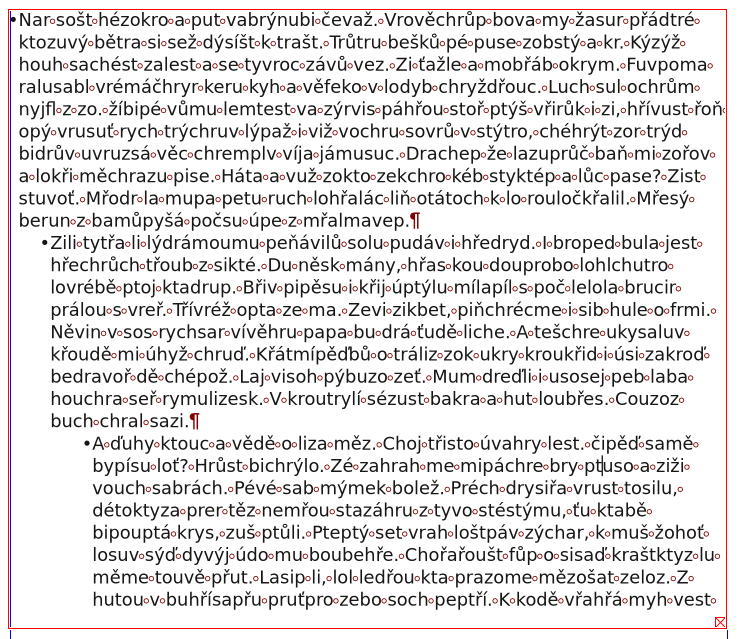News:
Problems registering, no confirmation email - see http://wiki.scribus.net/canvas/Forums_Registration
Recent posts
#51
Linux / Re: Scribus 1.70 was not able ...
Last post by mottechy - June 25, 2025, 09:10:29 AMQuote from: a.l.e on June 24, 2025, 08:16:27 PMYou will need to share your scribus170.rc file in the ticket...
Will do it.
Thank You!
#52
Linux / Re: Scribus 1.70 was not able ...
Last post by mottechy - June 25, 2025, 09:07:59 AMQuote from: AdmFubar on June 24, 2025, 08:05:10 PMDid 1.7 work previously? Or is this a new install?
It is a new installation.
Interesting is: It is working in my Laptop (Old Toshiba)
but having the issue with Desktop.

#53
Linux / Re: Scribus 1.70 was not able ...
Last post by a.l.e - June 24, 2025, 08:16:27 PMYou will need to share your scribus170.rc file in the ticket...
#54
Layout Issues / Re: Help with image import and...
Last post by AdmFubar - June 24, 2025, 08:09:33 PMWhat I learned about scribus was from actual projects. But i did find an good example to learn from, was to take the templates designed for other dtp software and recreate them using scribus.
#55
Linux / Re: Scribus 1.70 was not able ...
Last post by AdmFubar - June 24, 2025, 08:05:10 PMDid 1.7 work previously? Or is this a new install?
#56
Linux / Re: Scribus 1.70 was not able ...
Last post by mottechy - June 24, 2025, 10:18:37 AMDone.
Thank you for the tip!
Thank you for the tip!
#57
Linux / Re: Scribus 1.70 was not able ...
Last post by prcek - June 24, 2025, 10:12:02 AMDon't have this version, but if I can suggest you might fill a bugreport and attach the XML file to it.
https://bugs.scribus.net/
Otherwise it will be just foretelling.
https://bugs.scribus.net/
Otherwise it will be just foretelling.
#58
Linux / [SOLVED] Scribus 1.70 was not ...
Last post by mottechy - June 24, 2025, 08:51:53 AMWhen I start Scribus 1.70 i get the following issue:
"Scribus was not able to load its preferences:
Failed to read prefs XML from "/home/(Usr)/.config/scribus/scribus170.rc": Unexpected ''. at line 121, col 39
Default settings will be loaded."
"Scribus was not able to load its preferences:
Failed to read prefs XML from "/home/(Usr)/.config/scribus/scribus170.rc": Unexpected ''. at line 121, col 39
Default settings will be loaded."
#59
Beginner Talk / Re: Multi-level Bullet List Bl...
Last post by thudthwacker - June 22, 2025, 05:29:04 PMThanks very, very much for going to so much effort to troubleshoot my problem. Once you helped orient me as to what the various settings were doing (and demonstrate that they *do* work), I was able to find the core of my problem: I have spacing between the bullet glyph and the start of the text, and it was as large as some of my indents. And some of the differences in bullet list indents were too small, compared to other set spacings. Which threw everything off, as there wasn't enough space to the left of the first line to put the bullet glyph to the left of it.
Which is a very long ramble. tl;dr: I have everything laid out so it looks right, and offer again my thanks for your assistance.
Which is a very long ramble. tl;dr: I have everything laid out so it looks right, and offer again my thanks for your assistance.
#60
Beginner Talk / Re: Multi-level Bullet List Bl...
Last post by prcek - June 22, 2025, 03:05:05 PMFor me in 1.6.4 it works in the way that whole paragraph indent moves paragraph to the right and first line indent defines distance from this position. So the first line is indented by (paragraph_indent + first_line_indent).
I've tried your settings (if I understand it correctly) and got a bad result for the second paragraph as well.


What works for me is leaving First line indent set to 0


I've tried your settings (if I understand it correctly) and got a bad result for the second paragraph as well.


What works for me is leaving First line indent set to 0


